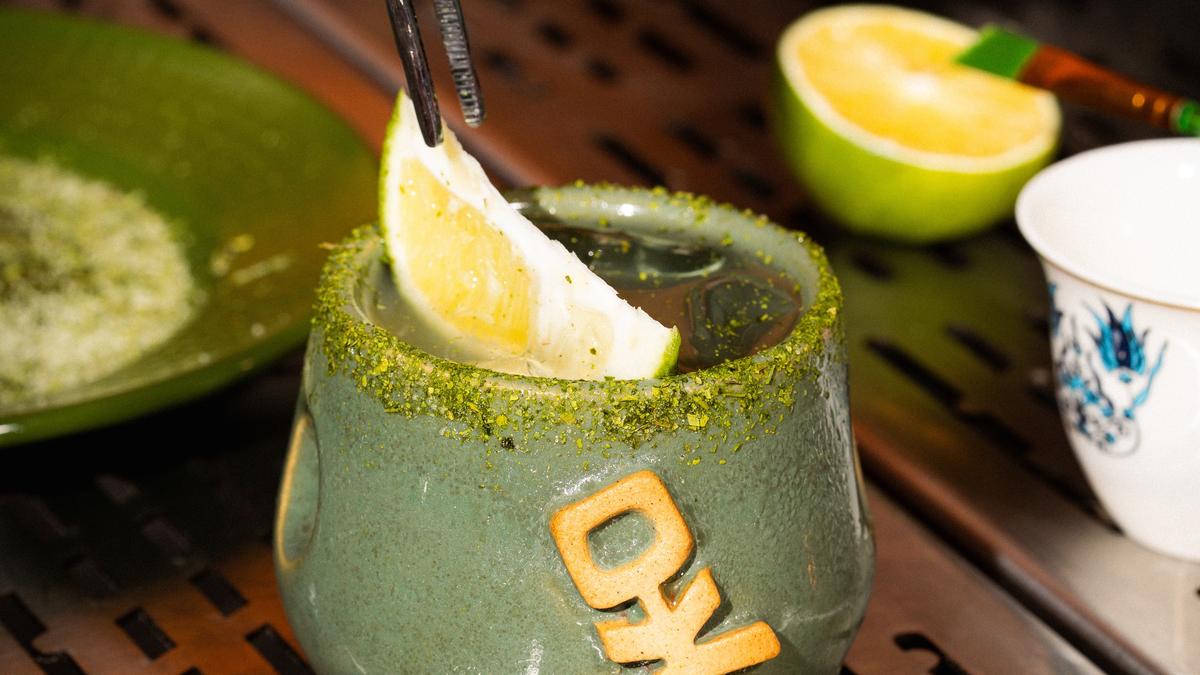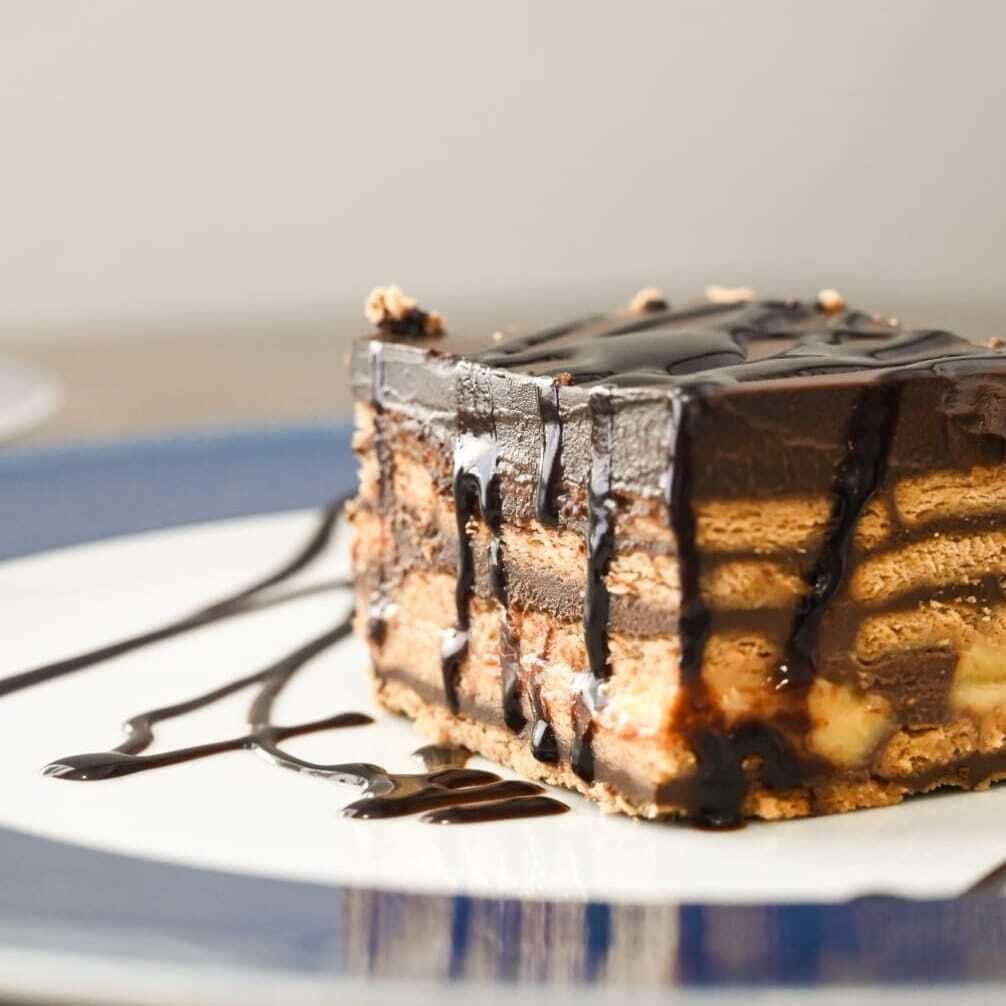By Mixology Studio
Copyright thehindu

Sitting at The Sicca Bar inside The Park Hyderabad, sipping a Raita Revolution, was not how I imagined the city’s favourite biryani accompaniment. Yet there I was, nodding at my choice of drinking raita — in cocktail form. This fat-washed drink reimagines onion, coriander and chilli brine, shaken with white spirit into a cool, heady mix.
Raita Revolution signals Hyderabad’s evolving cocktail culture — one not driven by passing trends but rooted in food traditions. Here, ingredients such as gongura (roselle leaves) pickle find their way into glasses, shaken or stirred, with the same pride as they do onto a plate. Where food and drink overlap, competition follows — pushing bartenders to create cocktails that tell stories of the region, its people, and heritage.
A late entrant to India’s bar scene, Hyderabad has no luxury of being a copycat. To stand out, it turned to familiar flavours and pairings rooted in memory.
As Karl Fernandez, mixologist at Ru, puts it: “Hyderabad embraced cocktails with the comfort of flavours that drive the city’s dining culture. Global techniques and spirits met ingredients like gongura, tamarind, saffron, spices and even Guntur chillies — subtle notes that spark recognition. That way, a drink feels both exciting and approachable.”
Rehan Guha of Half a Bawa Consulting, a hospitality agency, believes Hyderabad’s late embrace of cocktails stems from a mix of cultural habits, business economics, training and venue formats. “Historically, the city’s dining culture centred on food-first occasions — large communal meals of biryani and kebabs — accompanied by straight spirits or simple mixed drinks. The change we see today is the outcome of demand and a push for something different. Hyderabad already had good food, coffee and space, so there was no reason to delay.”
Kishore Thadikamalla of Mixology Studio, the mind behind Raita Revolution and Pasupu , sees this as an opportunity born of over-saturation in neighbouring states. “Chennai grew a hundredfold, Bengaluru followed a copy-paste format. Hyderabad’s turn had to feel distinct.” For him, the competition is exciting. “Standalone bars have raised the bar for five-star properties, forcing them to evolve. The offering had to be fresh, technique-driven and free of synthetic additions, with flavours and fragrances people could connect to.”
This approach has brought local ingredients into the spotlight. Menus remain mindful of price-conscious consumers. The first sip sparks recognition, and often surprise that such flavours did not make it onto menus sooner.
Vikaskumar Mewati, vice president of operations at Terrai and the man behind its cocktail programme, explains: “We want guests to notice the ingredients and be led by curiosity. Dinner gatherings are common; we want cocktails to create the same social pull.” Terrai’s bar programme reflects the flavours of ‘Neo Telangana’, drawing from districts such as Adilabad, Karimnagar and Nizamabad. “Our TSK cocktail combines tequila, saline and Kyoho grapes with gongura pickle. Not So Mirchi uses tamarind and jaggery (think ugadi pachhadi), echoing the sweet-and-sour notes of Telugu food.”
Rehan, who also co-owns Oxymorons, a speakeasy serving Clearly Misunderstood (tequila with beetroot, chilli and miso) and Loving Insult (tequila, sweet lime, jalapeño and coriander), adds: “Our aim was to make cocktails accessible. We kept our drinks free of gimmicks, led by technique for consistency, paired with simple steel-plate bar bites. The uncluttered menu and unpretentious atmosphere were deliberate, so cocktails could become part of the city’s everyday rhythm.” Oxymorons meets the “let’s-catch-up-over-drinks” mood — a middle ground when a café or restaurant doesn’t quite fit.
The approach seems to resonate. The relaxed vibe, unfussy music and inventive drinks are exactly what Hyderabad’s scene needed. “I’m loving this new culture of new flavours and simple presentation. The speakeasy trend feels promising,” says Priyanka Sethi, a design consultant.
And what of the bill? “It’s on par with any other metro, both in cost and quality,” says Pavan K, a legal consultant. “Thankfully, the era of badly made cosmos and LITs is over. These days, spending ₹2,200–3,000 on drinks and food feels worth it.”
What’s in your glass?
“A lot of storytelling goes into our drinks,” says Krishna Kumar, head mixologist at LOQA, another Hyderabad speakeasy. “Ku Ku Cucumba is our twist on the Paloma. It draws inspiration from Makabi, the Jamaican reggae artist known for promoting health and wellness through his songs. We use the cocktail to introduce guests to the Indian technique of pickling. The drink takes its name from Makabi’s track Ku Ku Cucumba.”
So, is there a cultural shift? Rehan believes so: “The casual vibe and subtle flavours paired with premium spirits seem to resonate with diners, encouraging repeat visits. Our signature drinks are built from familiar, pantry-friendly spirits, seasonal fruit and common spices, so procurement is simple and costs remain predictable.”
Changing dining habits have played a role too. Aman Chainani of NoHo, a progressive pan-Asian eatery, identifies adventure, aspiration and acceptance as key drivers. “People are more adventurous with taste because options exist. Social media and films add aspiration. And cocktails are increasingly accepted as part of dining out. It’s no longer about drinking to get drunk — after-work hangouts over dinner and drinks are becoming the norm,” he says.
Aman is confident the cocktail culture will not just endure but grow, noting that many investors are also business owners from within the F&B industry.



